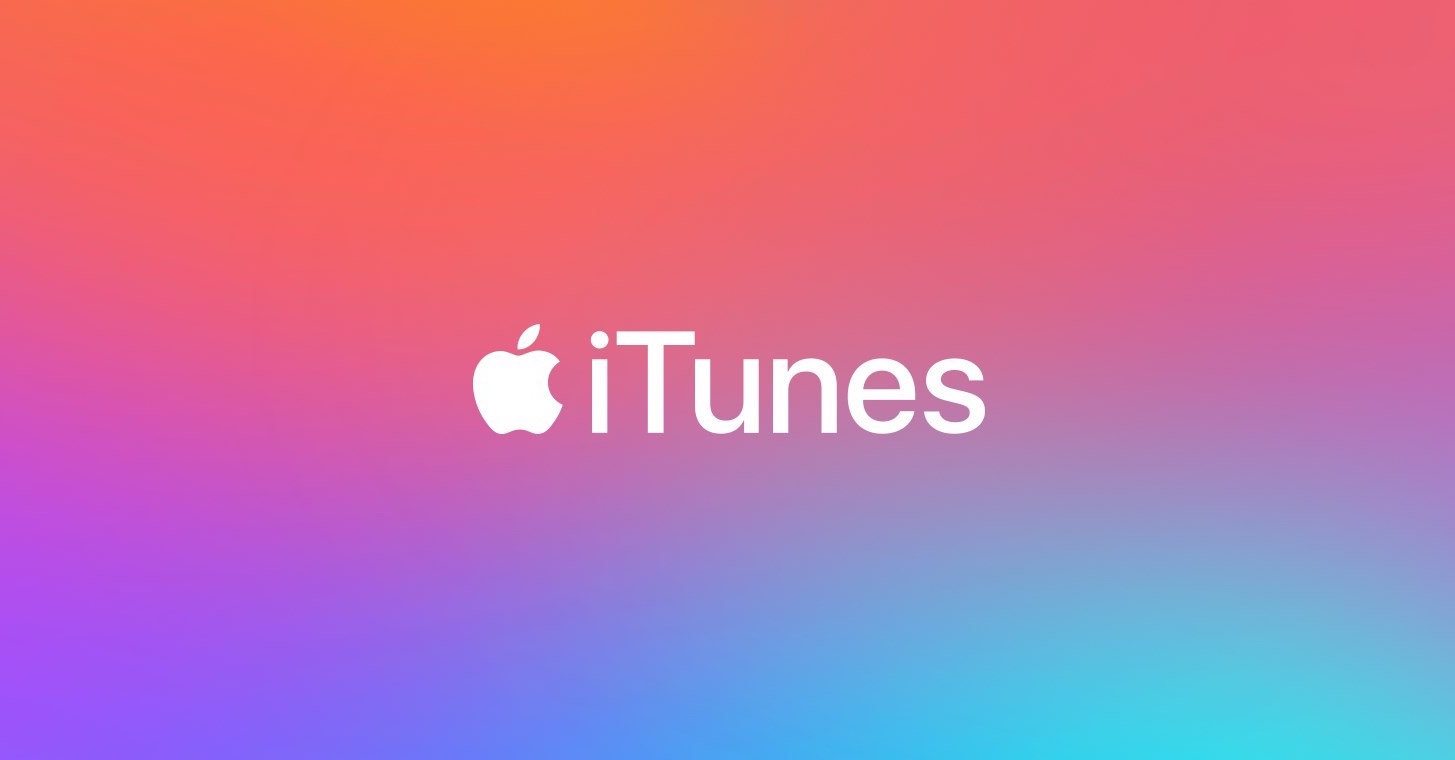Even before the first iPod was released or the iTunes Store launched, Apple described iTunes as "the world's best and easiest jukebox software that lets users create and manage their own music library on the Mac." iTunes was another in a series of applications that Apple had been creating since 1999, which were intended to bring creativity and technology together.
It could be interest you

This group included, for example, Final Cut Pro and iMovie for editing videos, iPhoto as an Apple alternative to Photoshop, iDVD for burning music and videos to CD, or GarageBand for creating and mixing music. The iTunes program was then supposed to be used to extract music files from CDs and then create your own music library from these songs. It was part of a larger strategy by which Steve Jobs wanted to turn the Macintosh into a "digital hub" for users' daily lives. According to his ideas, the Mac was not meant to serve only as an independent machine, but as a kind of headquarters for connecting other interfaces, such as digital cameras.
iTunes has its origins in a software called SoundJam. It comes from the workshop of Bill Kincaid, Jeff Robbin and Dave Heller, and was originally supposed to allow Mac owners to play MP3 songs and manage their music. Apple bought this software almost immediately and started working on its development towards the form of its own product.
Jobs envisioned a tool that would give users enough flexibility to compose music, but which would also be easy and undemanding to use. He liked the idea of a search field in which the user could simply enter anything - the name of the artist, the name of the song or the name of the album - and he would immediately find what he was looking for.
"Apple has done what it does best - simplifying a complex application and making it an even more powerful tool in the process," Jobs said in an official statement released to mark the official launch of iTunes, adding that iTunes compared to competing applications and services of its type much ahead. "We hope their significantly simpler user interface will bring even more people to the digital music revolution," he added.
More than six months later, the first iPod went on sale, and it wasn't until a few years later that Apple began selling music through the iTunes Music Store. Nevertheless, iTunes was an important piece in the puzzle that was Apple's gradual involvement in the world of music, and laid a solid foundation for a number of other revolutionary changes.

Source: Cult of Mac, source of the opening photo: ArsTechnica